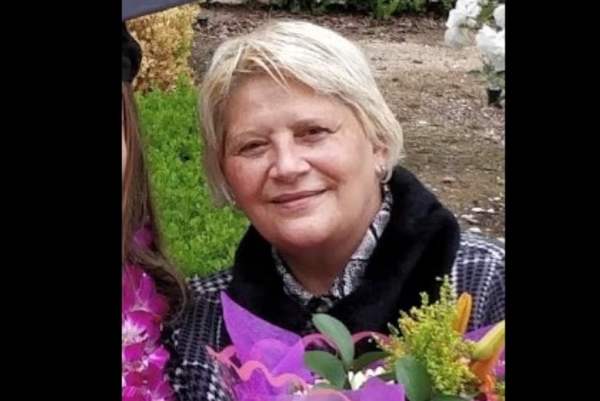
Remember back after the 2019 election when Australia’s political media were cautioned not to take polls so seriously any more? Looks like we’ve long blown past the amber lights left flashing by that year’s big polling miss.
Just four years later polls for an election that is still almost two years away are once again reliably front page news of their sponsoring mastheads where, like spark plugs in the political news cycle, they fire the journalistic pistons into another pump-up of the narrative of the day.
Reading global news tells us that Australia’s media — traditional, digital, social — appears to be the most polling-obsessed of any comparable country. Each Newspoll is puffed on the front pages and through the social distribution of News Corp’s outlets. The Nine mastheads do the same with Resolve.
Just how obsessed is Australia’s traditional media? According to a report in the polling industry’s review of its 2019 election miss, one in four of all front-page election stories in that campaign were about the polls. Across the five-week campaign, the 16 national polls generated 613 articles in newspapers alone.
There is both a commercial imperative and a lunge for relevance. News Corp and Nine have an interest in boosting the newsworthiness of the polls. They’ve paid for them, after all. And in an era of sophisticated political management of news, where even most investigative exclusives came out of self-interested drops out of government, independent polling is the one last play traditional media have to make it appear that what they do matters.
That calls for an intricate parsing of the most minor of changes from one poll to the next to dig out the nuggets of data that can be rewritten into a Shock! Horror! news exclusive.
However publishers angle the figures — almost always with a “bad news” take — they can be relied on to lead the ABC’s bulletins and the new aggregators in newsletters (yes, in Crikey too) before it’s chewed over on #auspol social media and embedded in how the news out of Canberra gets understood and reported.
It’s one of the key practices that empowers News Corp to shape the news cycle. Ever since last year’s election, its interpretative dance around its proprietary Newspoll data has produced a rhythmic call to its base: don’t worry, the Albanese “honeymoon” is over.
The romance was over again last week, in The Australian at least, off the back of statistically insignificant shifts in both a Newspoll and the views of Queensland regional voters in the Fadden electorate. Sure, busted clocks etc, they’ll be right sooner or later. And sure, regular opinion polling is kind of interesting. It’s just that it doesn’t tell us very much — certainly not enough to justify the solid certainty of newsworthiness that Australia insists on giving it.
The media love to make the polls all about themselves — about the decisions they’ve made about what’s news. Notoriously, The Australian ties each shift in Newspoll to whatever particular campaign was on the front page of the masthead in the previous week.
All these stories are based on the conceit that voters pay attention to journalism and change their minds accordingly. Here’s a bad news poll: after the Canberra gallery spent the past month (rightly) critiquing the use of external consultants (specifically for leaking confidential data), the Essential poll found this week that just one-third of Australians had heard about the confidentiality abuse and knew what it was about; 40% knew nothing about it.
How and why people decide who to vote for remains something of a black box, literally and figuratively. As one of Australia’s smartest researchers, Dr Rebecca Huntley, acknowledged the day after the pollsters got the 2019 election so wrong: “The ballot box has always been an imprecise tool for measuring public sentiment on complex issues, especially ones that provoke the spectrum of emotion in us.” (She was talking particularly about climate change.)
Yet Australia’s media read polls with the assumption of a more or less stable electorate, centred on politically median voters shifting one way or the other from one election to the next. But increasingly we’re coming to understand that elections turn less on shifting attitudes than on shifting demographics.
It’s indelicate to say, but from one election to the next, about half a million of us (usually older, conservative voters) will die, replaced by about the same number of young (usually Labor or Green-leaning) voters who’ll turn 18. Meanwhile, the electoral roll grows with new citizens joining. People move, too. Census data shows about 39% move house over two election cycles.
Australian Electoral Commission data already shows the electorate has grown by about 2% just since the last election — about a quarter of the growth being newly enrolled Indigenous voters. (Speaking of demographic change, there are now more Indigenous voters on the roll than in all of Tasmania.)
Perhaps if we want to report how society is changing, we should report these shifts with the same fine detail that News and Nine apply to their opinion polls.







